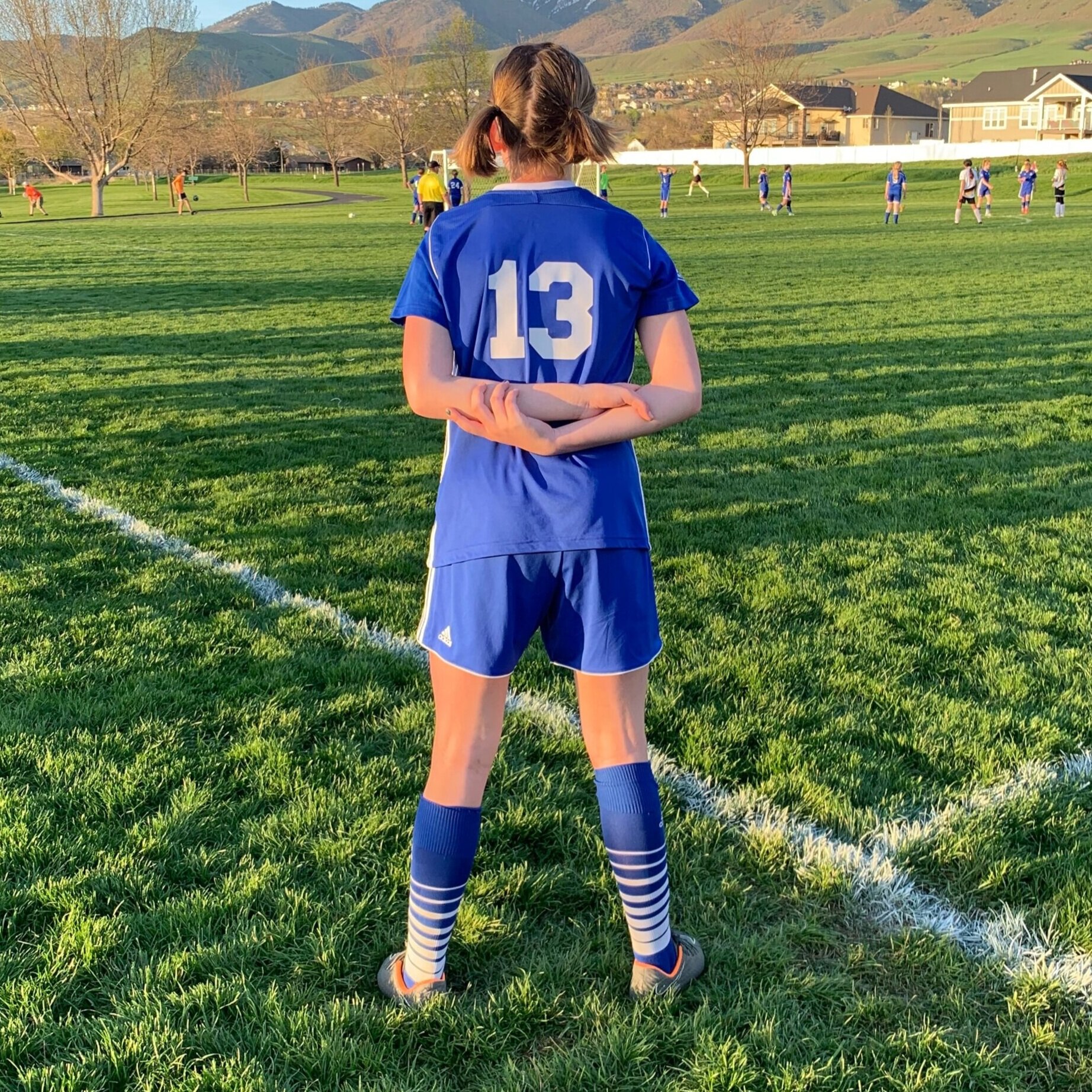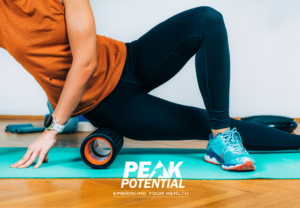
Fall sports is likely to look very different for all of us this year. In fact, if you have a youth athlete, you’ve likely had many disappointments already thanks to COVID-19.
For most of us, preseason training started later than planned, social distancing had to be part of practice, and masks coming and going were both hot and bothersome. But, it is amazing to watch these young people persevere for the love of their sport.
As we watch our children navigate this challenging season, I know we all want them to be both safe and successful. We want them to be able to perform at their absolute best, while also staying safe. This means masks sometimes and fewer fans in the stands, but it also means preventing further disappointment from a mid season injury.
Whether your child is eight or eighteen, it’s a critical time of growth and development – in their bodies and their athletic abilities. As parents and coaches, we can guide them toward both improved performance and injury prevention.
Without knowing your child, I can’t give you the exact steps to take. However, here are some things to prioritize and to avoid that will help ANY youth athlete make the most of this sports season and beyond!
1. Prioritize Conditioning
On every team it is inevitable that a handful of athletes will start the season in very poor condition. Once athletes reach high school, most coaches have an established conditioning period. However, this is often only a week or two before competition gets up and rolling. For many athletes, this isn’t enough.
As a parent you can encourage your athlete to maintain conditioning in the off season. Simple activities that enhance fitness and athleticism year round like jogging, swimming, body weight resistance, or plyometrics are a great way to stay conditioned.
2. Prioritize Adequate Rest
Adequate rest can be a huge variable in preventing injury and improving performance. When we train and breakdown our tissues, we must rest to allow time for those tissues to rebuild.
Another reason why this is so important – when the body is fatigued it is unable to perform at the same level. Although the brain says it can do the normal movements it is trained to do, the body just cannot respond. Once school starts the balance of homework, games, and social events get in the way of students (especially teenagers) getting the amount of rest their bodies need.
3. Prioritize Fueling the Body
Hydration and nutrition are crucial aspects to human performance and prevention of injuries. In terms of hydration, a good rule of thumb is 32 oz of water for every 1 hour of heavy activity. Just occasionally offer the friendly reminder to your athletes to keep drinking.
Also important to training is keeping up the good building blocks in the body. This includes protein, vitamins, minerals, healthy fats, and antioxidants will keep the body strong and resilient. If an injury occurs, good nutrition is even more important. More questions? Shoot an e-mail to our Nutrition Specialist.
4. Avoid Over Training
When we stress the bodies tissues to the point of breakdown, without adequate rest time to build them back up we over train. If training is performed with no variation in the activities, intensity, or resistance this is likely to occur.
Over training usually happens in season when athletes are doing the same thing day in and day out. If an athlete is playing the same sport year-round or multiple back-to-back seasons then it’s even more likely. Encourage your athlete to explore new and different activities during their “off season” or during times of recreation.
5. Avoid Early Specialization
This goes hand in hand with over training. . . the much debated early specialization. Proponents say that playing the same sport year round will improve skills and chances of playing at the next level. We are seeing this now even in grade school athletes. The truth is just the opposite usually occurs.
More and more studies are coming out to discourage early specialization. Studies show that multi sport athletes tend to have greater skill acquisition, decreased levels of burn-out, decreased numbers of overuse injuries and a wider range of athletic talent. In the end, you as the parent have the ultimate say in if and when your athlete will specialize.
Good news about quarantine . . . we all took a mandatory “off season”. Hopefully we took the chance to rest, recover, condition, and come back stronger.
I could obviously go much more in-depth on ways to decrease risk and improve performance than the principles I’ve given you here. However, these fundamentals, if applied with discipline, will make a huge difference for your child’s athletic experience.
At Peak Potential we have dual licensed Athletic Trainers who are Doctors of Physical Therapy. They are a power house of knowledge and experience when it comes to performance, recovery, and injury in young athletes. They can screen for the slightest “weak link” that might be holding your athlete back or making them more susceptible to injury.
The number one goal is always to keep athletes in the game for life!
If you would like have your questions answers, concerns eased, or a screen performed on you or a child, click the link below to request a FREE call from our sports specialist.




